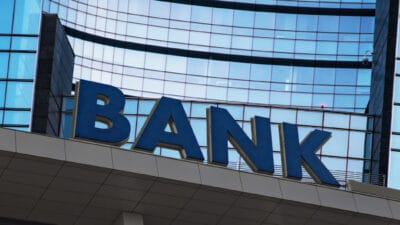Is the Australia and New Zealand Banking Group (ASX: ANZ) share price a buy at the current share price?
Since the end of September 2019 the ANZ share price has actually fallen by 14% and it's down around 33% since the highs of early-to-mid 2015.
In terms of income, ANZ should be even more attractive today than it was in 2015 with the RBA interest rate now below 1%. ANZ currently has a mostly-franked dividend yield of 6.5%.
But ANZ's valuation isn't just based on what the dividend is doing. The earnings are even more important. Both APRA and the Reserve Bank of New Zealand (RBNZ) are asking the big banks like Commonwealth Bank of Australia (ASX: CBA), Westpac Banking Corp (ASX: WBC) and National Australia Bank Ltd (ASX: NAB) to hold more capital.
ANZ is particularly exposed to the RBNZ's changes because 29% of its statutory profit came from New Zealand in FY19.
In regards to the RBNZ changes, it will mean the net impact on ANZ is an increase of CET1 capital of around $3 billion by July 2027.
The good thing for ANZ is that the transition period is longer than expected at seven years and there is a reduced impact on CET1 because additional financial instruments can be counted towards the total.
Either way, it means that ANZ will be less profitable with the capital it holds than it was in previous years. New Zealand borrowers will probably have to pay an interest rate of at least 0.2% higher according to estimates.
Foolish takeaway
Being safer is good for the overall economy if there is a heavy recession, but it makes things a little harder for bank shareholders in the short-term.
ANZ is trading at under 12x FY20's estimated earnings. Banks could prove to be pretty cheap at this price but their long-term prospects don't excite me, unless they maintain their dividends at this level until (or if) there is another GFC – hopefully a long way away.








